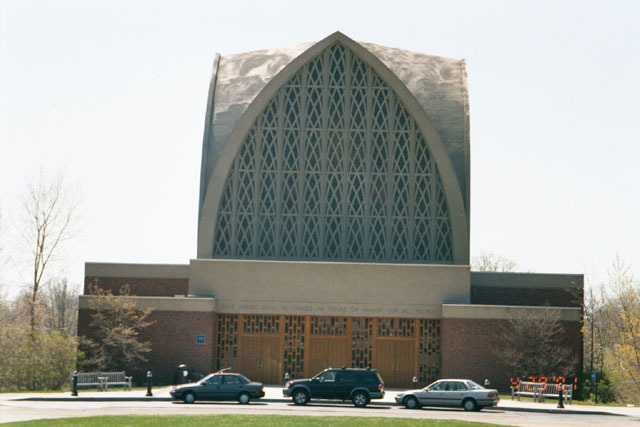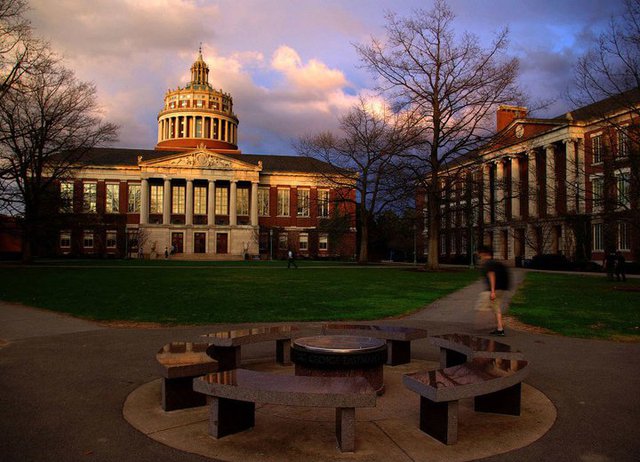Introduction
Make no mistake: there are hundreds of outstanding colleges and universities across the country and around the world. However, few schools match the educational opportunities offered at the University of Rochester. Rochester is one of the nation’s smallest private research universities. Professors are accessible, classes are small, and one-on-one undergraduate research is the norm.
At Rochester, there are no required subjects. There are no general education requirements or core curriculum. You can study what you love, and not spend time fulfilling someone else’s concept of education. Rochester has found that students do their best when studying what they love. Rochester students are empowered to make crucial decisions regarding their individual educational experience. From day one students are able to take classes that align with their academic passions. This academic freedom sets Rochester apart from most other colleges and universities. With this freedom, more students are able to double or even triple major if they want to.
The University of Rochester, founded in 1850, is located in Rochester, New York, a city that offers almost everything you would find in a big East Coast city, but without all the traffic. More than a million people call the Rochester area home. The River Campus, the university’s main campus, sits on the banks of the Genesee River and covers ninety acres. Rochester is a residential campus, and over eighty percent of undergraduate students choose to live in university housing. More importantly, this is not the kind of school where students race home on the weekends. Nearly all students choose to stay on campus and enjoy all that the university has to offer. There are more than 220 student groups, and it seems that every night there is at least one group performance or sponsored event taking place. From a cappella shows, to cheap movies, to varsity games, there is always something to do.
The university provides transportation offcampus via free shuttles if you want to experience all that the city has to offer. There are dozens of outstanding restaurants, shops, movie theaters, and so much more just minutes from campus. The world-renowned Eastman School of Music is also just a short ride away. Many concerts at Eastman are free or just a few dollars for all Rochester undergrads. Students can even take free music lessons at Eastman for credit. Whether it’s the open curriculum, outstanding undergraduate research opportunities, a vibrant campus, or a beautiful city, Rochester has a lot to offer. This is a place where you’ll define your college experience on your own terms.
At Rochester…
- you will find students from all 50 states and more than fifty countries.
- there are more than seventy majors in the humanities, social sciences, and natural sciences.
- ninety-six percent of freshmen return for their sophomore year.
- eighty-six percent of all undergraduate students live on campus.
- seventy percent of students are involved in volunteer activities.
- seventy-five percent of students are involved in undergraduate research.
- ninety-six percent of seniors have had at least one career-related experience.
As you can see, the University of Rochester has a lot to offer; it’s definitely a great place to be an undergrad. Whether it’s the unique curriculum, the outstanding research opportunities, or the active on-campus community and engaged student body, Rochester is a place where you can have an undergraduate experience like no other.
Rochester truly stands alone among other research universities and constantly strives to be better, as is evidenced by Rochester’s motto, “Meliora,” or “Ever Better.” This isn’t just a saying or catchphrase; it’s a philosophy we demonstrate every day. Rochester shows this by adapting to an ever-changing academic landscape in ways that enable students to fully explore their interests and chart their own academic course.
Excited Yet?
Have more questions? Check out the Admissions Web site at http://enrollment.rochester.edu/admissions/. You can watch cool videos, chat with current students, connect with Admissions on the online forums, learn more about undergraduate research, and see for yourself how the Rochester curriculum works.





